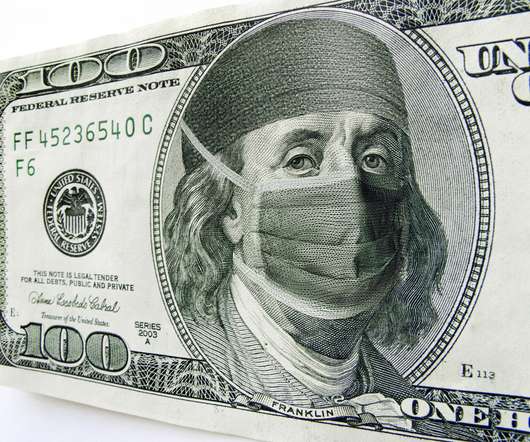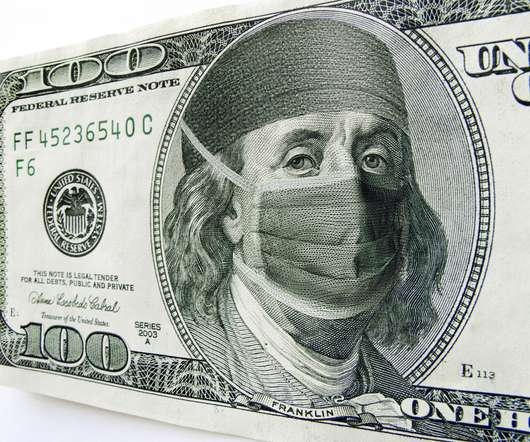Performance Appraisal & Rewards in Response to COVID-19
HR Digest
OCTOBER 17, 2020
And the lessons from most recent events in the last 20 years like the relatively mild swine flu (H1N1) in 2009, the dot-com bubble of 2001, and the 2008-09 Great Recession, are nowhere near suitable to withstand the social and economic impacts of the COVID-19 pandemic. Managing Rewards and Mobility. Spanish flu). Performance Appraisal.




















Let's personalize your content